Down Syndrome Hirschsprung Disease
Down syndrome hirschsprung disease. The two main types of Hirschsprung disease are. Hirschsprungs disease One per 500012 See Table 1 Anorectal malformation One. This type is the most common.
Among whites there was a larger percentage of children who were the first. Six of 63 probands in the Passarge 1967 study were also cases of Down syndrome. Hirschsprung disease was first described in a constipated infant with Down syndrome in Cuba Vacher et al.
Hirschsprung disease HD is reported in patients with Down syndrome with a frequency between 2 and 10. In a person who does not have Hirschsprung disease large muscles move gas and stool through the colon with the help of nerve cells called ganglion cells. As a result children and cannot properly expel stool.
Between 2-15 of infants with Down syndrome are born with Hirschsprung disease which results when the last part of their large intestine does not function properly due to a lack of certain nerve cells. Diagnosed as having Downs Syndrome were evidence that the aetiology of Hirschsprungs Disease may be partially genetic. Who might get Hirschsprung disease.
Hirschsprungs disease HSCR is a deadly birth defect in which the enteric nervous system ENS is missing from the end of the bowel 1 2Because the ENS controls most aspects of bowel function even a short region of bowel without neurons and glia ie aganglionosis can be fatalOver the past few decades many genetic and nongenetic causes of distal bowel aganglionosis. It is a life threatening condition if not treated and is usually picked up in the first few days after birth. Children with Down syndrome and other medical problems such as congenital heart defects are at much greater risk.
Its a real conversation stopper. Hirschsprung disease occurs in approximately one in 5000 newborns. Hirschsprungs disease affects about one in every 5000 newborns.
What is Hirschsprung disease. Hirschsprung disease is a rare birth defect.
Between 2-15 of infants with Down syndrome are born with Hirschsprung disease which results when the last part of their large intestine does not function properly due to a lack of certain nerve cells.
Hirschsprung disease affects 1 in 100 children with Down syndrome. Hirschsprungs disease affects about one in every 5000 newborns. These nerve cells control the muscles that move food and waste or stool through the large intestine. Hirschsprungs disease HSCR is a deadly birth defect in which the enteric nervous system ENS is missing from the end of the bowel 1 2Because the ENS controls most aspects of bowel function even a short region of bowel without neurons and glia ie aganglionosis can be fatalOver the past few decades many genetic and nongenetic causes of distal bowel aganglionosis. Children with other congenital conditions such as Down syndrome and heart defects are more likely to. Hirschsprung disease is a frequent finding in cases of Down syndrome. Among environmental factors studied there was no time trend and no relationship with socioeconomic status found. It affects the nerve cells in the large intestine. Hirschsprung disease occurs when some of the nerve cells that are normally present in the intestine do not form properly while a baby is developing during pregnancy.
Among environmental factors studied there was no time trend and no relationship with socioeconomic status found. It affects 80 of people. What is Hirschsprung disease. Down syndrome trisomy 21 is the most common chromosomal abnormal- ity associated with the disease accounting. Among environmental factors studied there was no time trend and no relationship with socioeconomic status found. Children with other congenital conditions such as Down syndrome and heart defects are more likely to. These nerve cells control the muscles that move food and waste or stool through the large intestine.
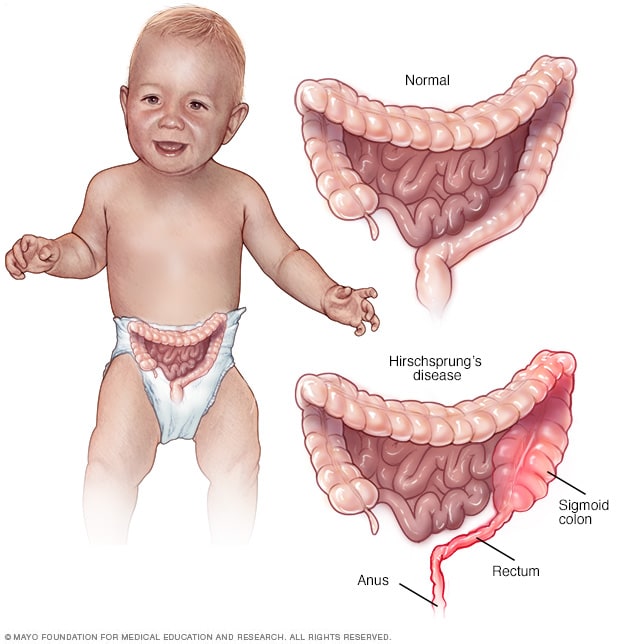

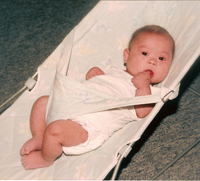
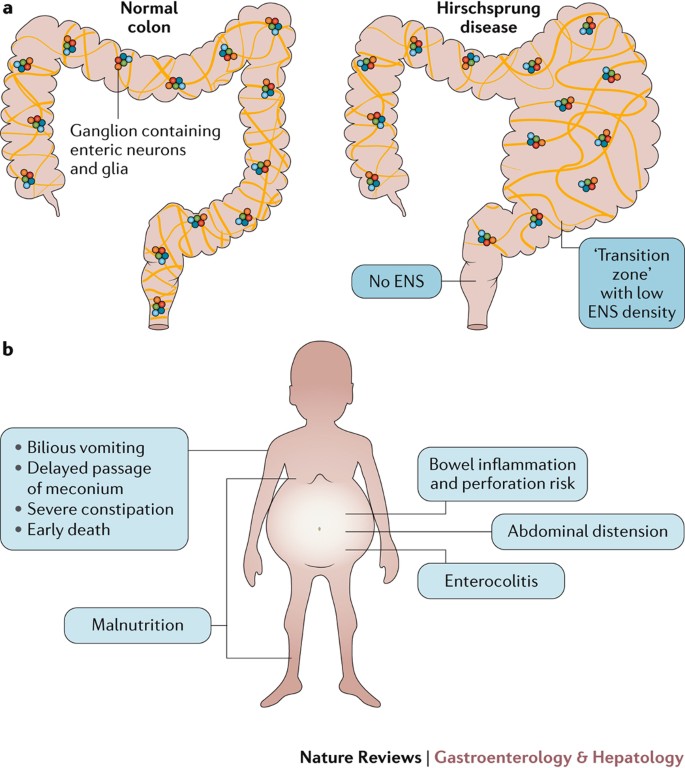



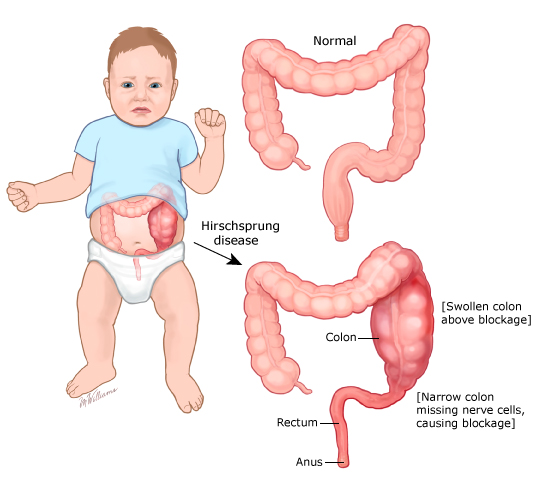
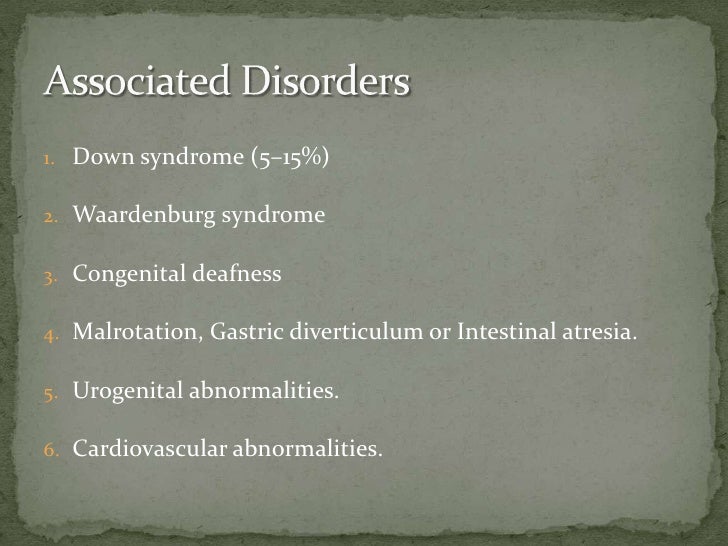
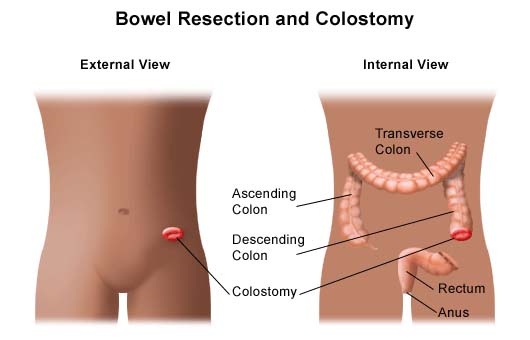
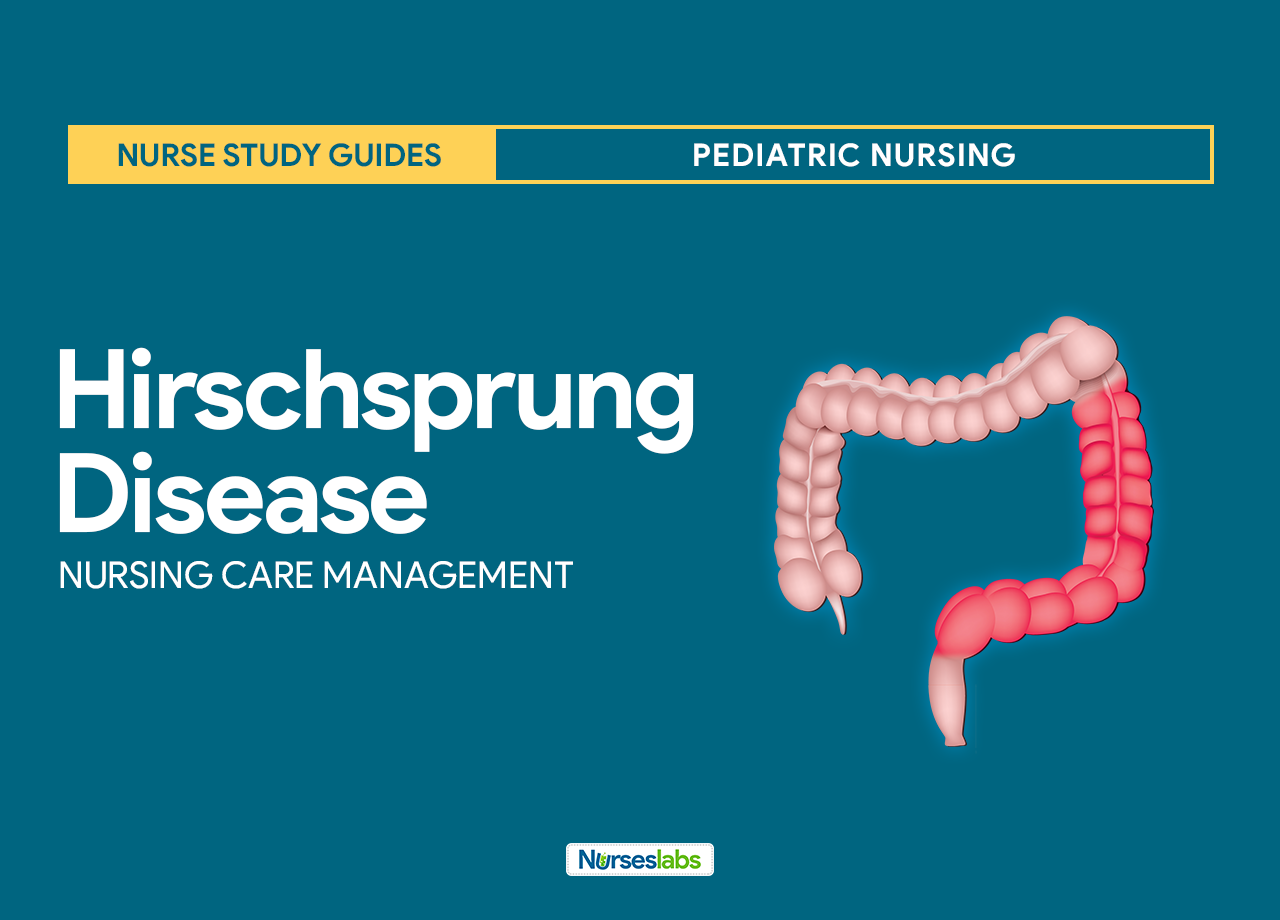
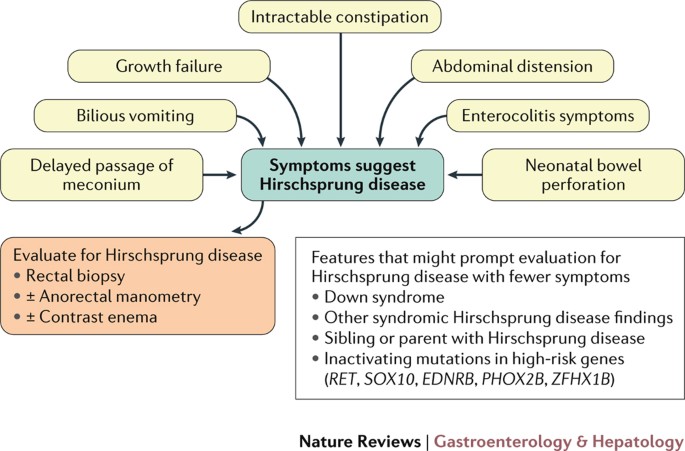


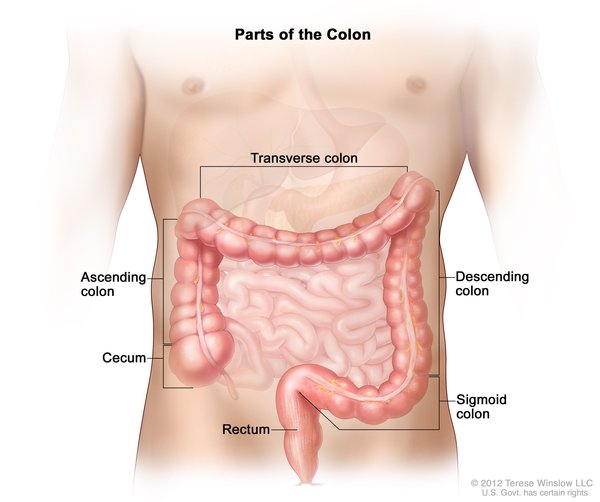



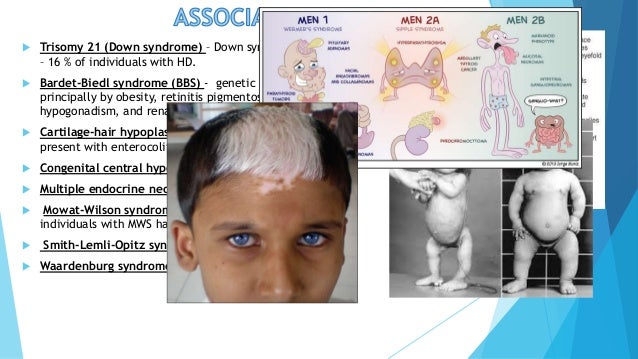









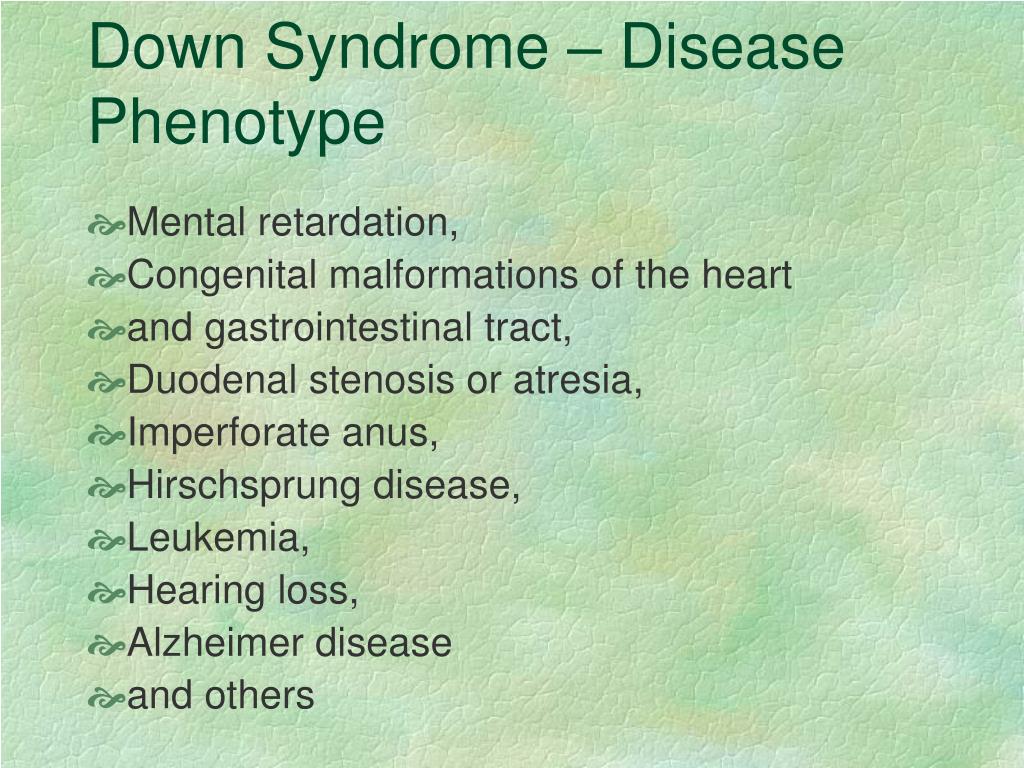
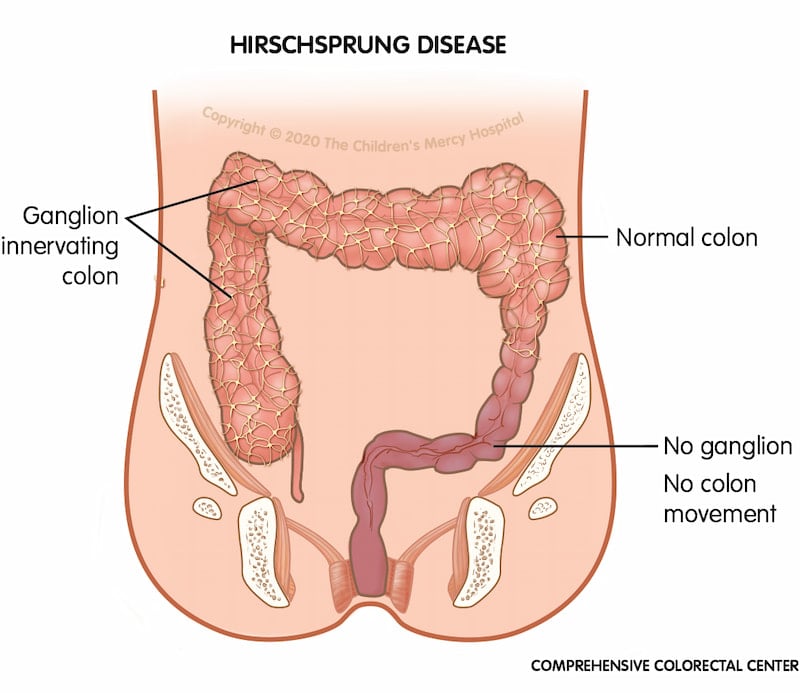
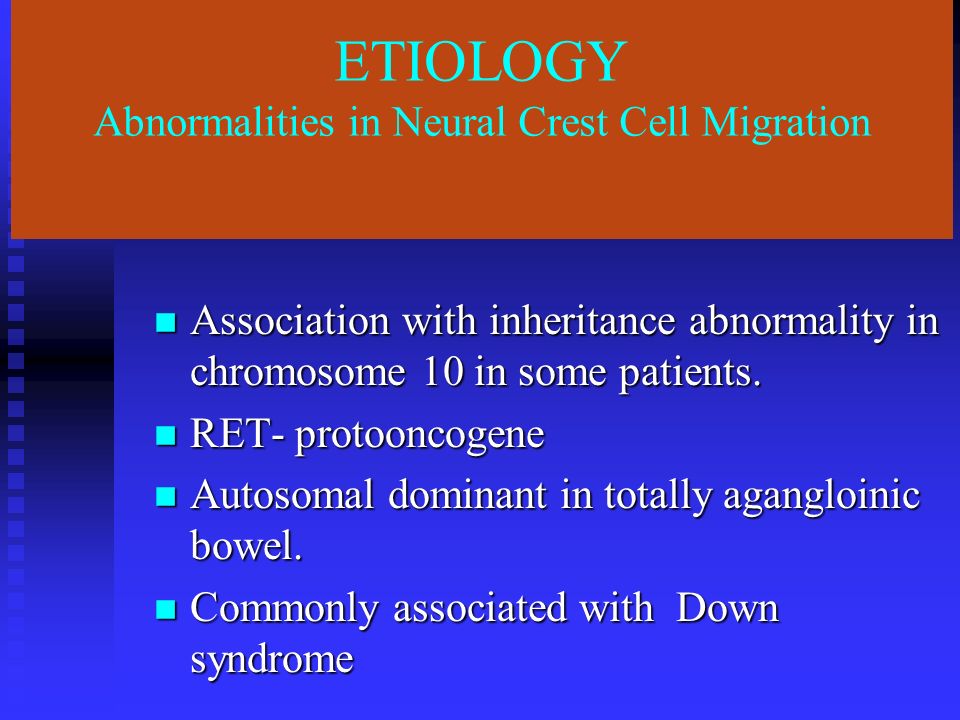

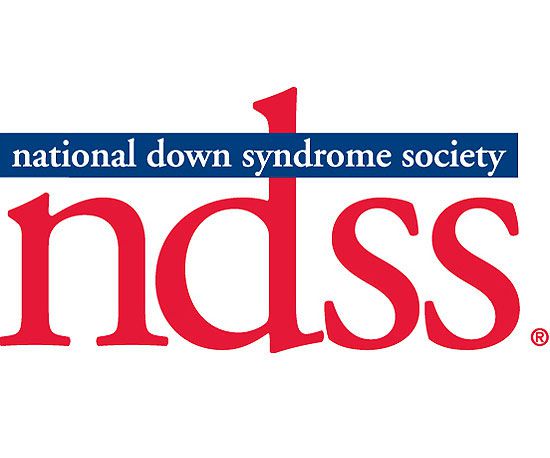
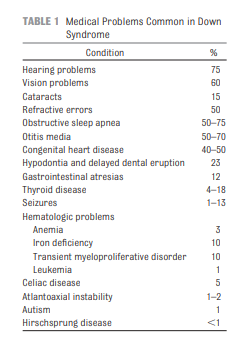





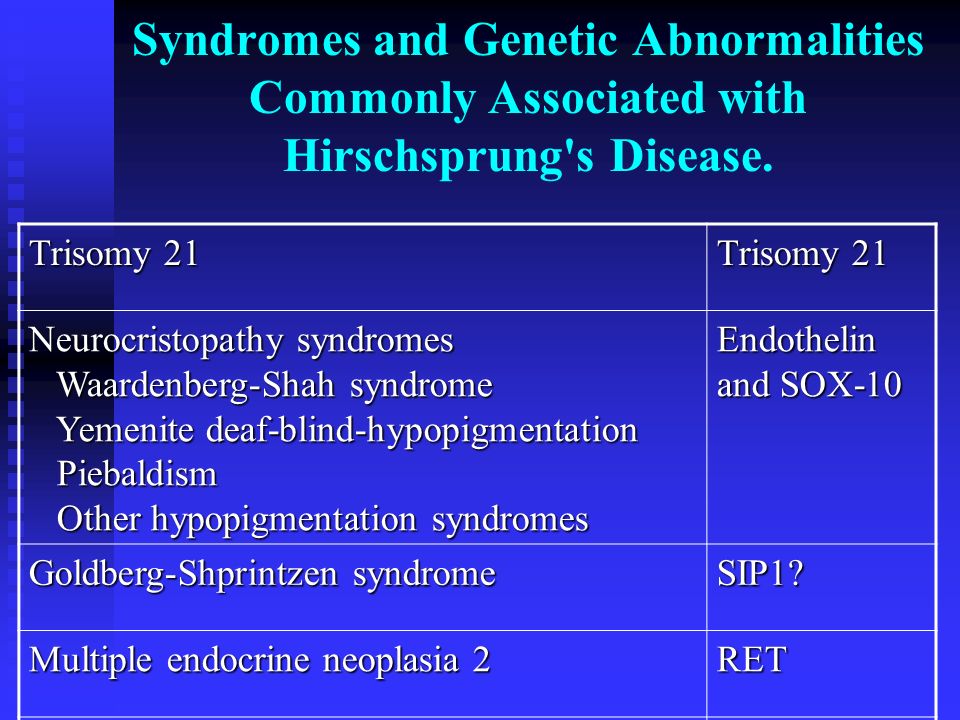


Post a Comment for "Down Syndrome Hirschsprung Disease"